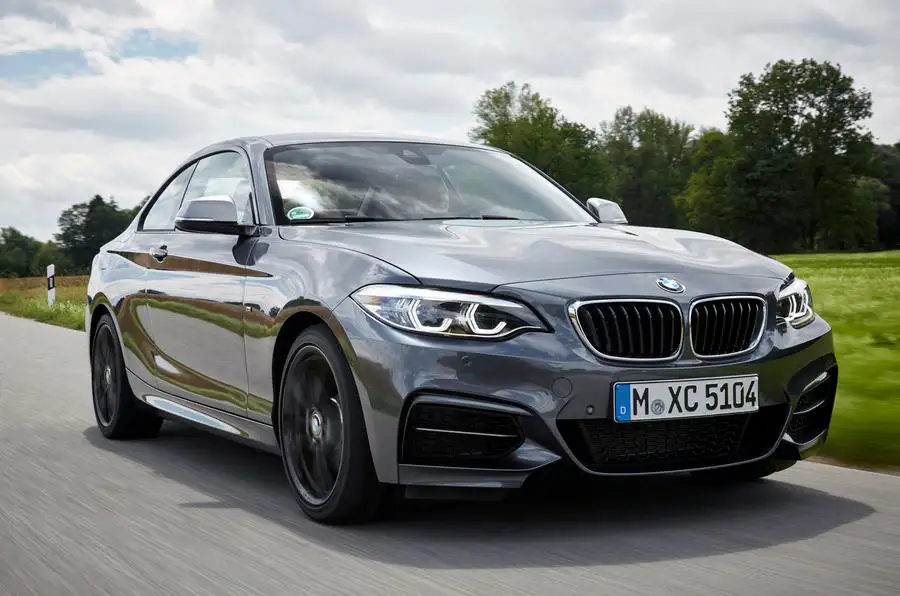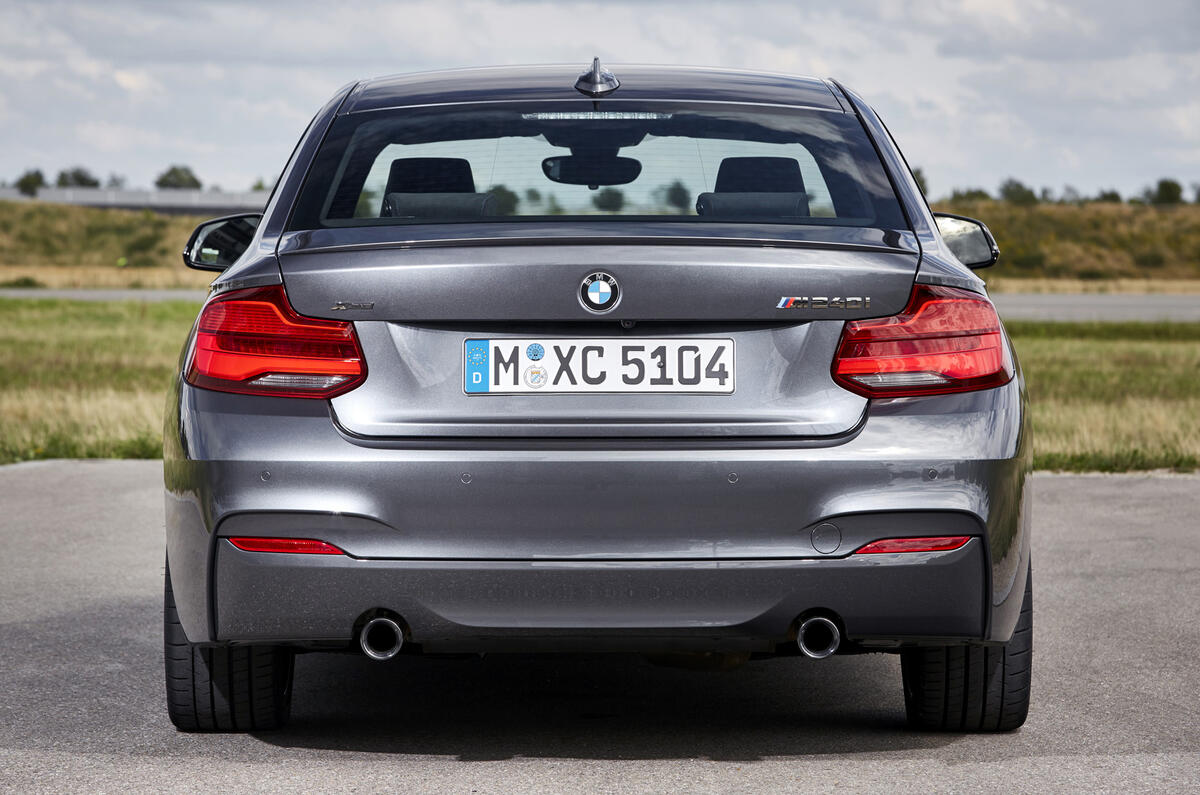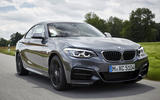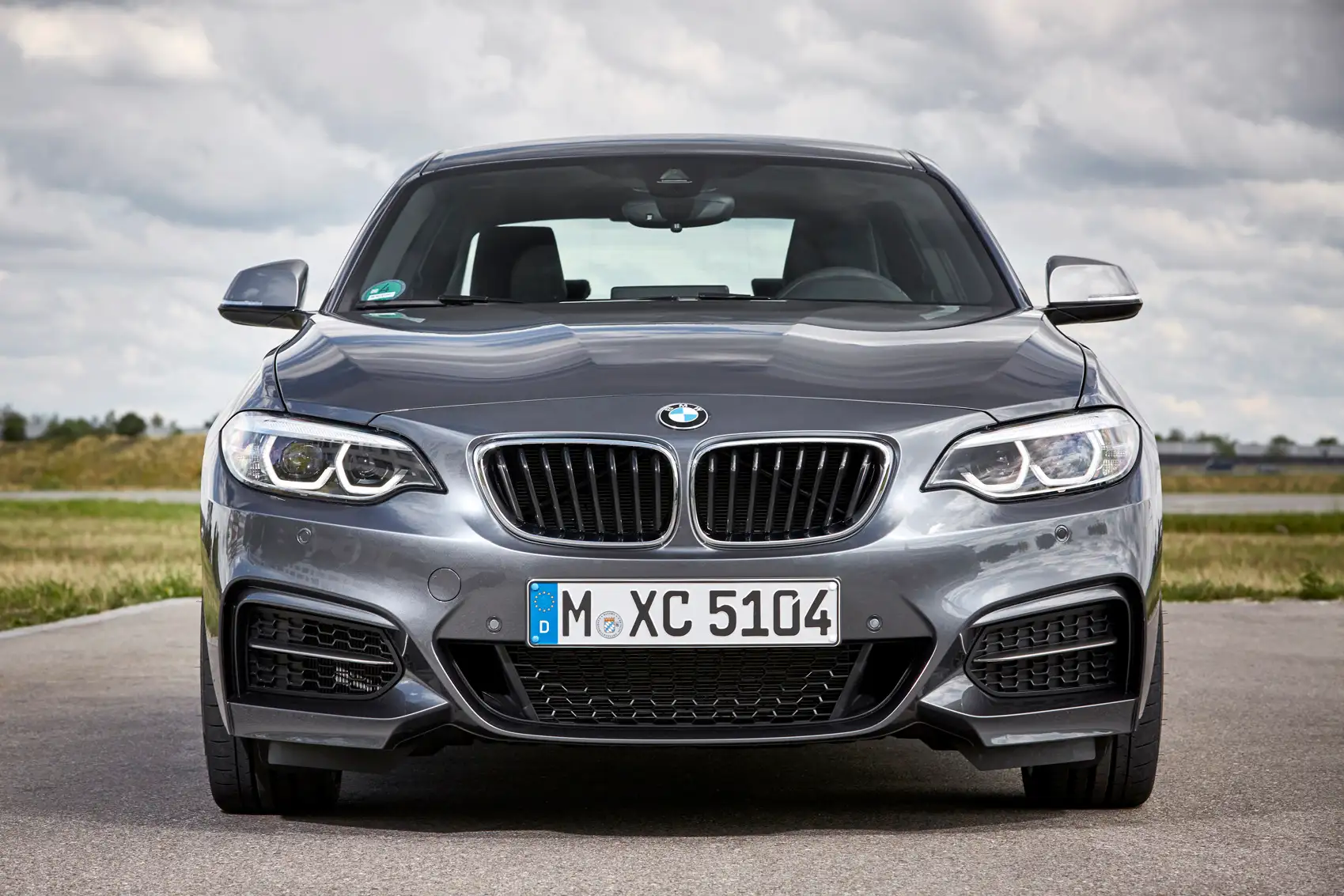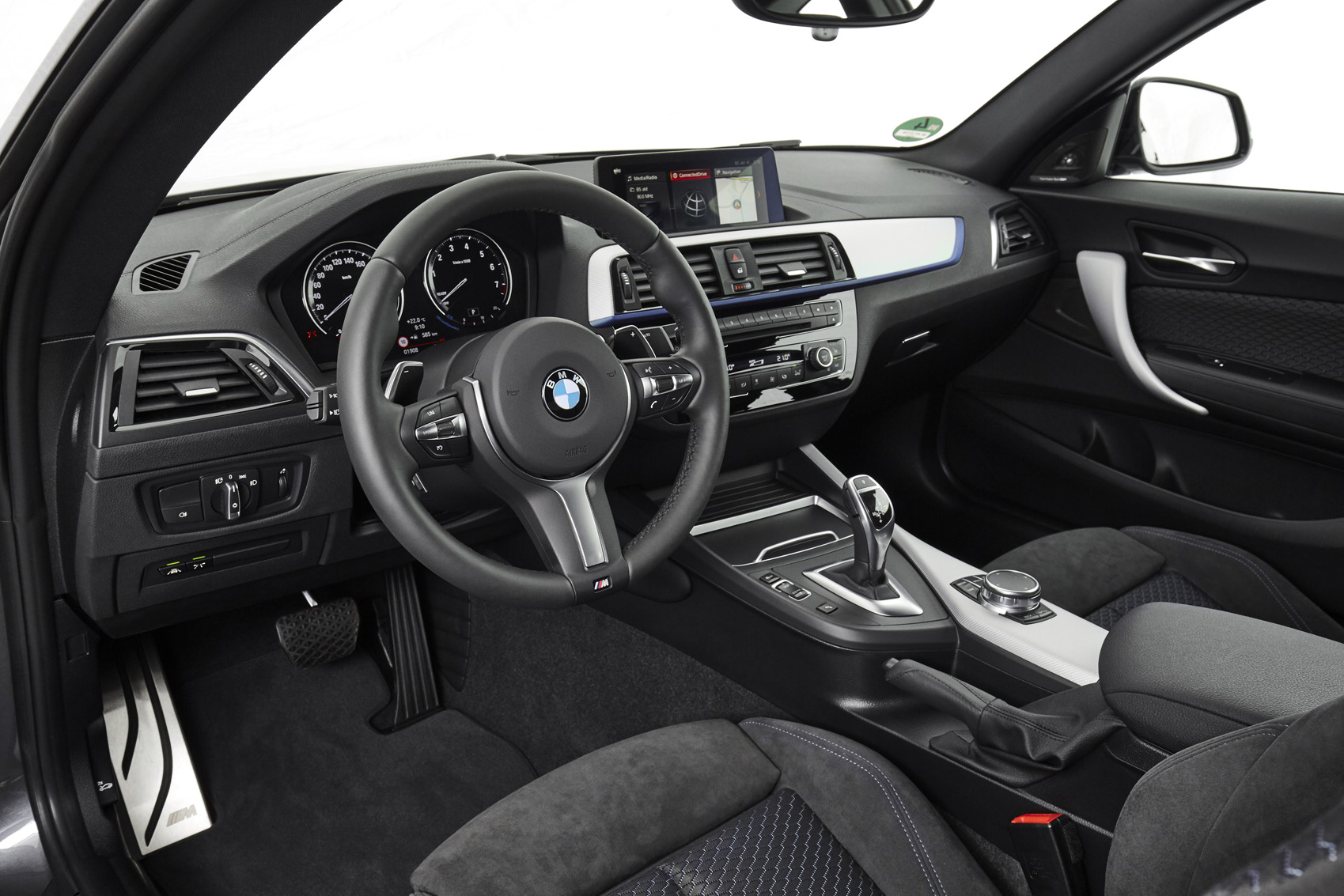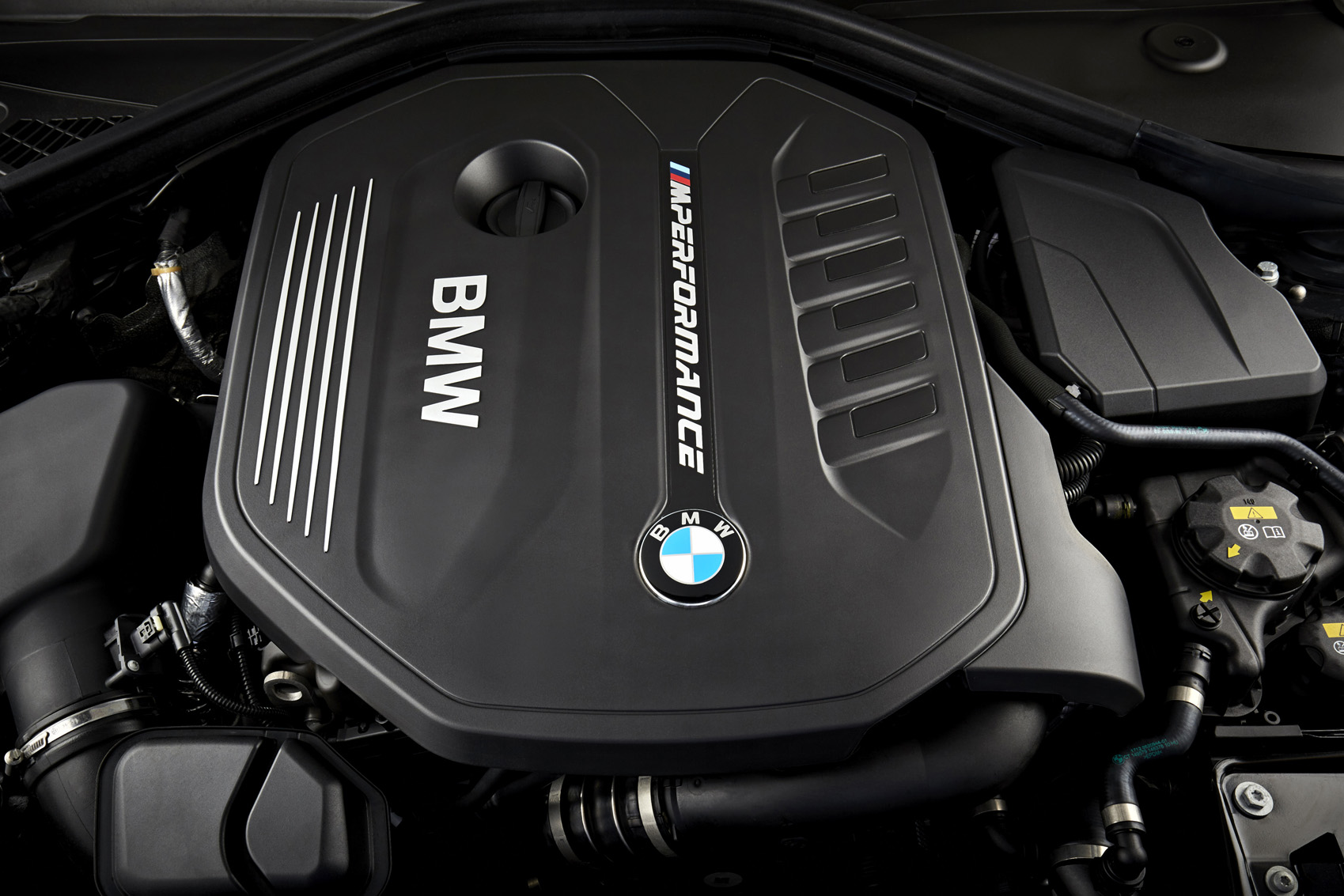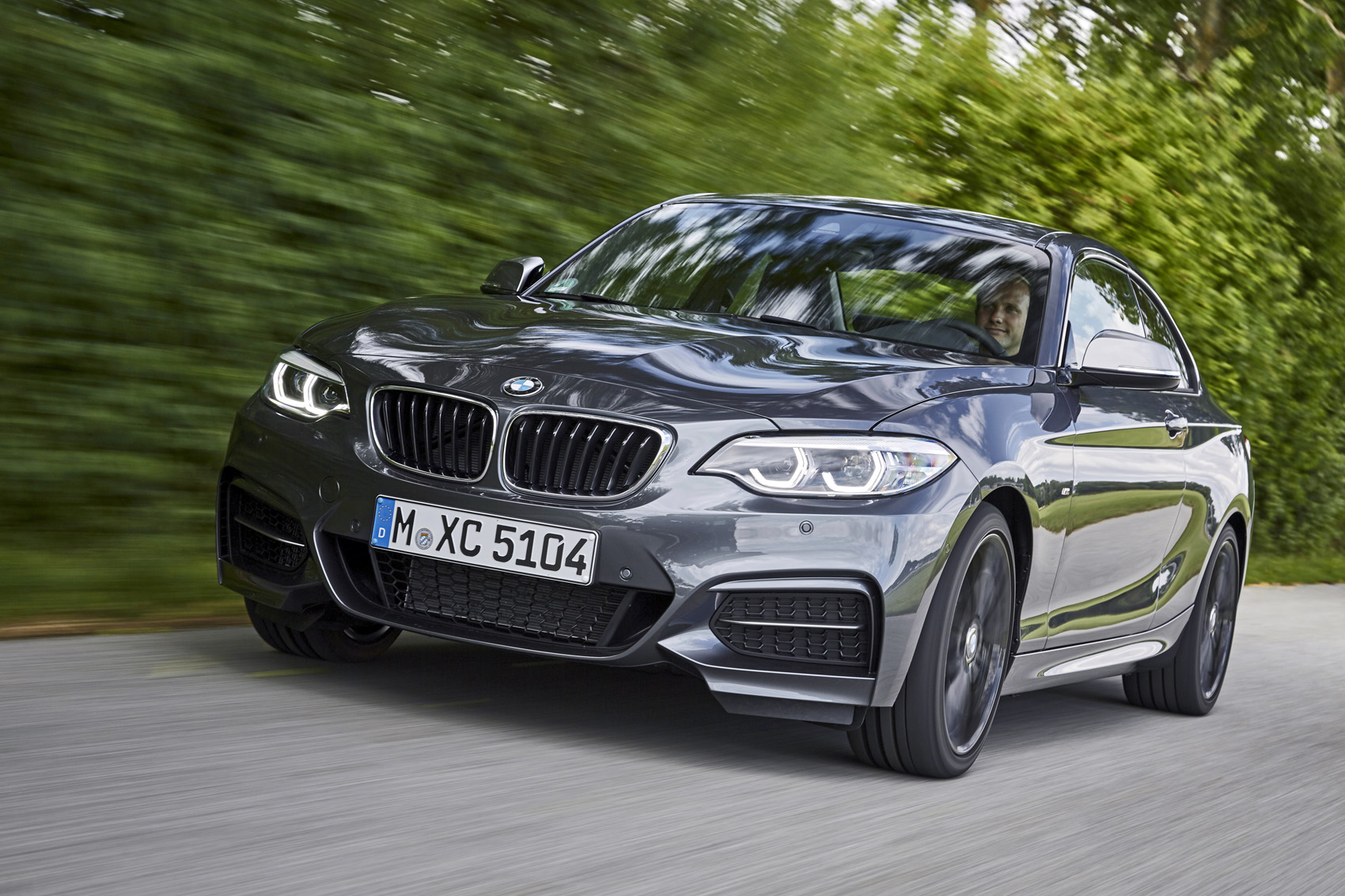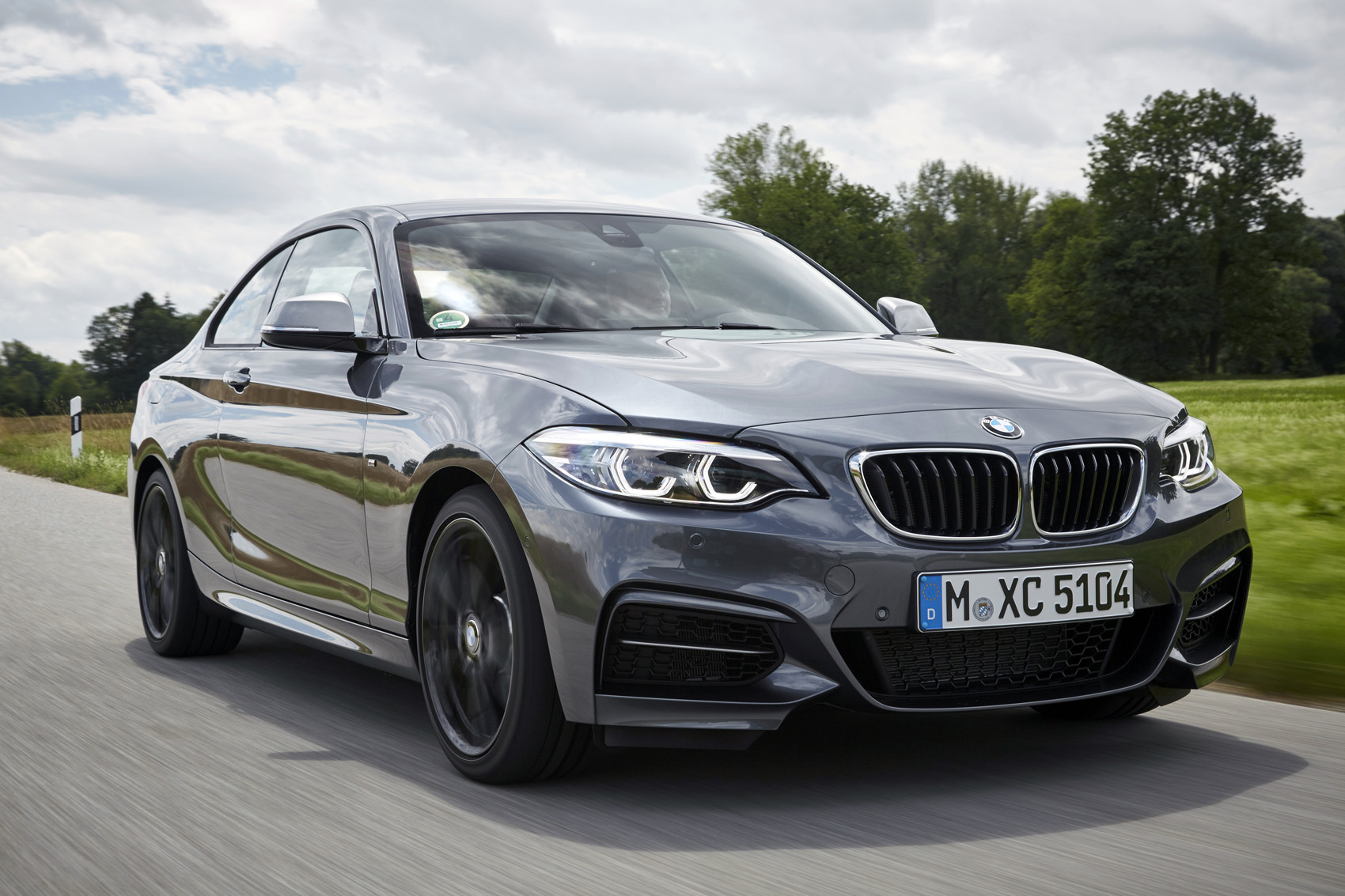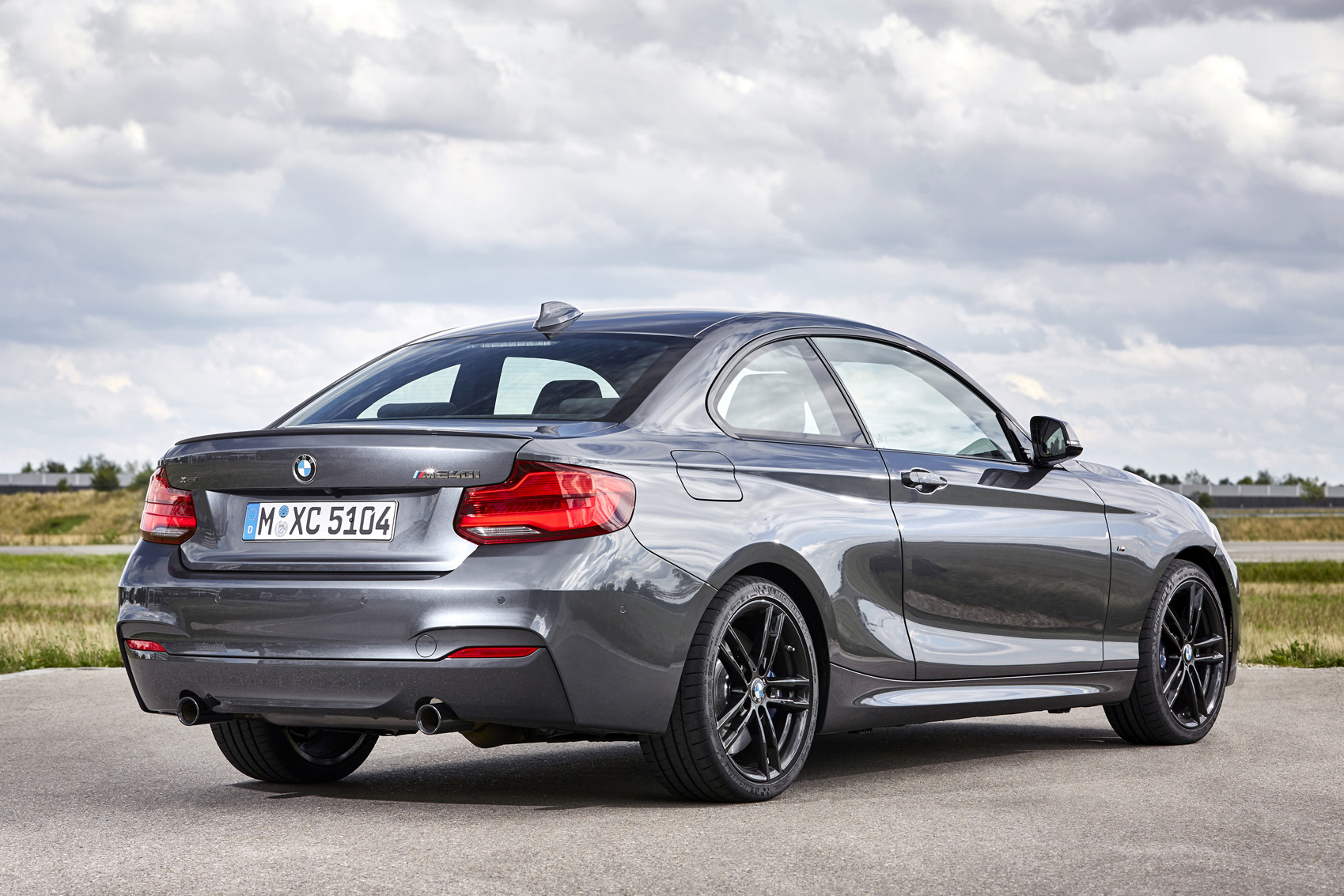Having passed every test we’ve laid in its path - even against the 5.0 V8 Mustang, BMW’s M240i coupé – has one more hurdle to jump, one more opportunity to show if – and if so, why – it’s one of the most exciting sports coupé on the block, even though its had its crown snatched by the arrival of its bigger brother - the M2.
Rebranding the 1 Series coupés and convertibles as 2 Series is part of BMW’s new naming strategy, but it also gives a nod to Munich’s original compact coupé: the 02 coupé series.
The two-door BMW 1600-2 arrived in 1966, with the 2002 following in 1968. Then in 1973 BMW launched the car most would consider to be the closest spiritual antecedent of the M240i: the 170bhp 2002 Turbo, Europe’s first turbocharged mainstream passenger car.
On first inspection in the US, when BMW labelled it the M235i, Richard Bremner described it as “the most enjoyable, well balanced model in BMW’s range”. After a subsequent European drive, road tester Nic Cackett labelled it “a sports car of the highest order”. However, since then this order has been adjusted by the arrival of the 365bhp M2, and in 2016 BMW rebadged the M235i as the M240i as it has done with every other car in its range holding the 35i moniker. While the hardware under the bonnet has barely changed, the M240i gets its power output boosted to 335bhp, giving it an 13bhp increase. July 2017 also saw BMW give the M240i a much needed facelift, while everything under the bonnet was left untouched the exterior and interior were given a revitalisation.


